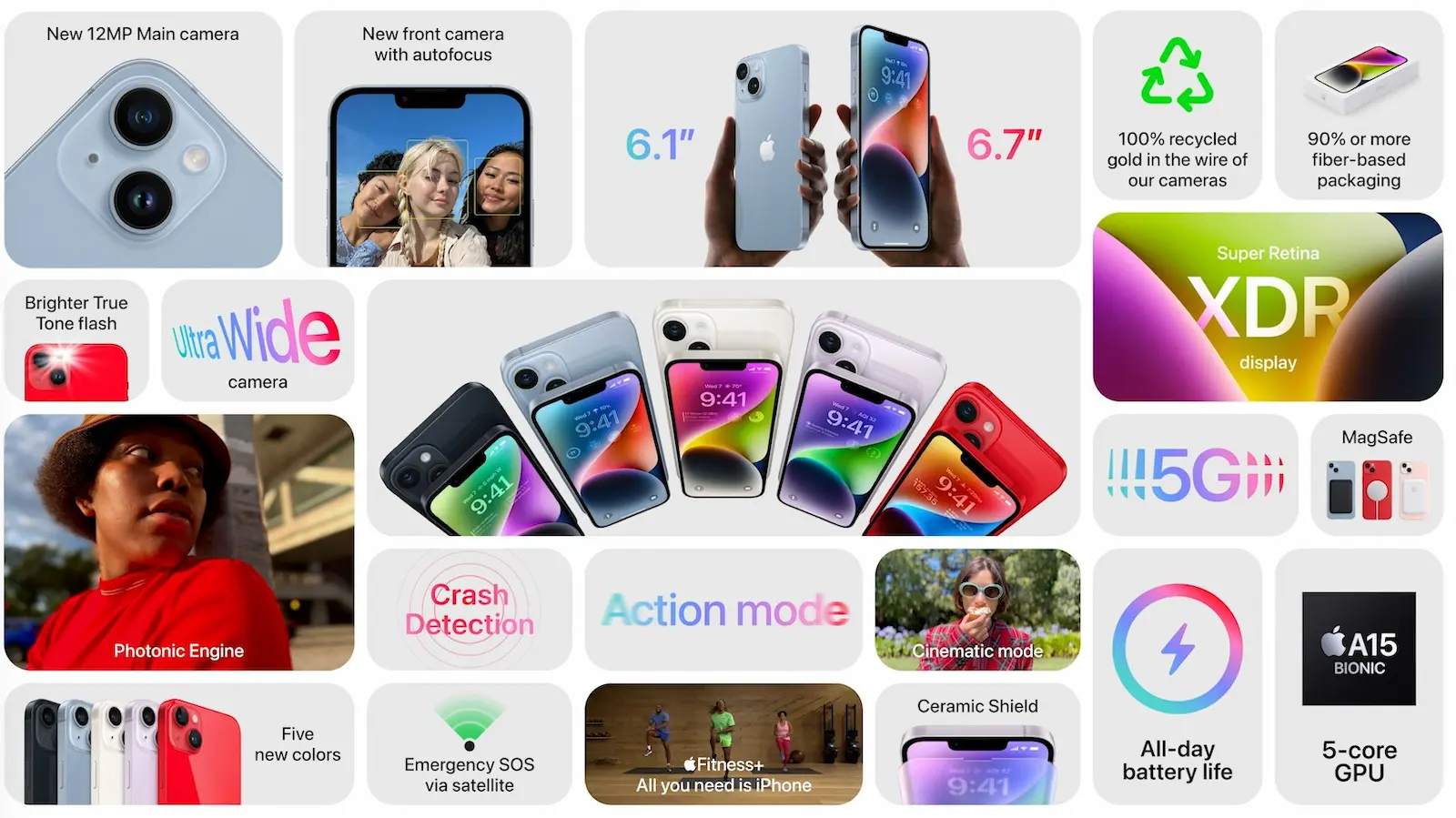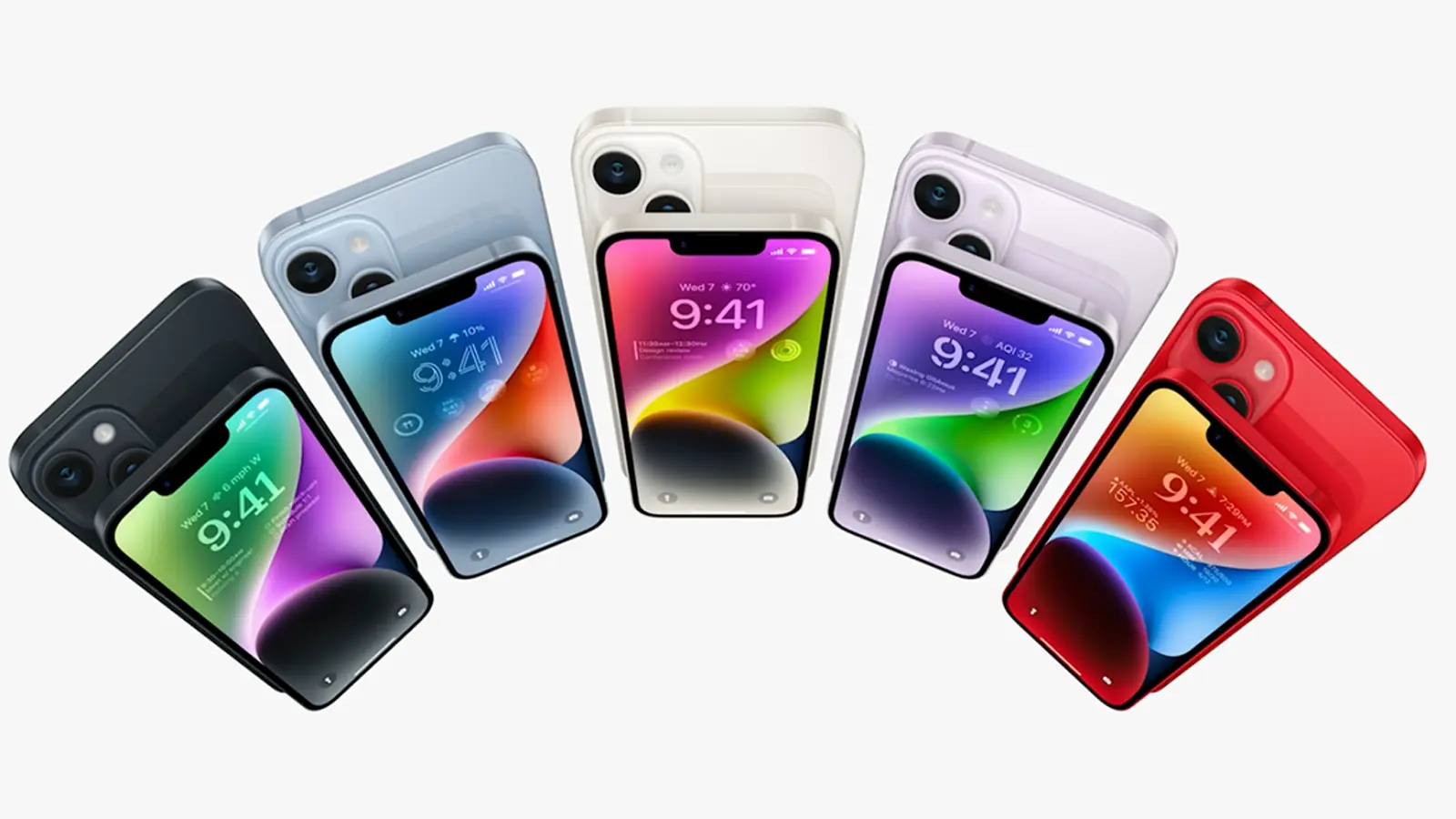Business
iPhone 14 vs. Galaxy S22 – which smartphone is the better buy?
Which entry level flagship is best for you?

Just a heads up, if you buy something through our links, we may get a small share of the sale. It’s one of the ways we keep the lights on here. Click here for more.
In this era of $1,000+ flagship smartphones, it’s nice to remember that base models are often substantially cheaper. This is especially true when comparing the iPhone 14 vs. Galaxy S22.
The versions with multiple adverbs get all the headlines, but the base models give you most of the new features for less.
The latest model from Apple is the $799 iPhone 14. However, if you want an Android smartphone right now, you’d be hard-pressed to find a better flagship than the Samsung Galaxy S22, starting at $799.
The average smartphone user doesn’t need some of the upgrades included with the S22 Ultra or iPhone 14 Pro, but that doesn’t mean they aren’t beneficial.
Most smartphone users care about battery life, camera quality, and enough power to run their daily apps.
Let’s dive in and see which wins in the battle of the baseline flagships.
iPhone 14 vs. Galaxy S22 – Design and build quality

Both the Samsung Galaxy S22 and Apple’s iPhone 14 are gorgeous-looking devices. Both utilize aluminum frames, have an IP68 rating against dust and water damage, and use glass on the front and back.
In Samsung’s case, that back glass is Gorilla Glass Victus+. Apple used Ceramic Shield only on the screen, so the back glass is easier to scratch.
The iPhone 14 dropped the SIM card slot this year, so you might want the S22 if you swap sim cards out a lot.
However, Apple kept the Lightning port again this year, so maybe next year, it’ll use the USB-C port that the Samsung S22 uses to charge with.
Color options for the S22 include black, white, pink-gold, green, and purple. The iPhone 14 comes in purple, blue, midnight, starlight, and Project (RED).
Winner: Personal preference
iPhone 14 vs. Galaxy S22- Display

Samsung put a 6.1-inch AMOLED panel running at 120Hz with a 1080 x 2340 resolution into the S22.
The display features 1,300 nits peak brightness, HDR10+, and is covered by Gorilla Glass Victus+ for protection. Oh, and it has an always-on display.
Apple used a 6.1-inch Super Retina XDR OLED running at 60Hz with an 1170 x 2532 resolution in the iPhone 14.
That display boasts 1,200 nits peak brightness, HDR 10, and Ceramic Shield protection. The always-on display only comes with the Pro models.
Maybe this one is a tie? Similar panel technology in both devices. The 120Hz on the Galaxy S22 will seem snappier but will also use up more power.
On the other hand, Apple has spent time making animations seem fluid, even at 60Hz.
Winner: Tie
Smartphone power and performance

Samsung put the flagship Snapdragon 8 Gen 1 processor in the US version of the Galaxy S22. The iPhone 14 went with last year’s A15 Bionic, also used in the iPhone 13. Which is better?
The A15 Bionic is ultra-efficient. So much so that the 3,279mAh battery in the iPhone 14 can outlast the 3,700mAh battery in the Galaxy S22. It’s also more powerful, based on benchmarks.
This shouldn’t be a Samsung has been caught throttling over 10,000 apps on the Galaxy S22, the iPhone 14 wins. Except, it’s using the same processor that was in the iPhone 13.
Winner: Neither; save $100 and buy the iPhone 13.
RAM and storage options

Storage options on the Galaxy S22 include 128GB or 256GB. The iPhone 14 can do those and also has a 512GB capacity option. Neither has a microSD card slot.
The Galaxy S22 has 8GB of RAM, which the hungry Snapdragon 8 Gen 1 processor needs. The iPhone 14 only has 6GB, but the A15 Bionic is more efficient.
Winner: iPhone 14
Camera

The iPhone 14 has a new 12-megapixel main sensor with wider pixels for better low-light performance.
It’s also got a 12-megapixel ultra-wide sensor and a front 12-megapixel sensor that now has autofocus. Video tops out at 4K at 60Hz, with typical iPhone quality.
The Galaxy S22 has three cameras on the back, a 50-megapixel main, a 12-megapixel ultra-wide, and a 10-megapixel telephoto.
You can get 8K video at 24fps from the primary camera, but who will shoot at that resolution?
You get optical zoom with the S22, but many prefer Apple’s true-to-life color reproduction. More megapixels don’t translate into better images either, with Samsung often over-processing its images.
Winner: iPhone 14
Smartphone resale value

If you prefer to sell your smartphone for the next one, you want to read this section. It’s no secret that iPhones hold their value better than any other device on the market.
SellCell did some research when the iPhone 13 was released, which lost an average of 16.4% of its value two months into ownership. That’s a decent drop in price but still close to the purchase price.
If the iPhone 14 follows the same trend, expect a rough 10-15% drop in value over two months.
The Samsung Galaxy S22? That lost over 50% of its value in those two months. That’s faster depreciation than a new car.
Winner: iPhone 14
Android or iOS: It’s your choice

If you want the Android experience, you’ll be buying the Samsung Galaxy S22. Or do you plan on waiting it out for the Galaxy S23.. If you’re already on iOS, you’ll be buying the iPhone 14.
Nothing we can say will persuade you to jump to the other smartphone operating system. Even if the iPhone 14 beats the Samsung S22 in most metrics.
iPhone 14 vs. Galaxy S22 – final verdict
We feel it’s probably a better deal to skip both and buy last year’s iPhone 13 for $699. You get pretty much the iPhone 14 without a couple of significant features. That’s a $100 saving for most of the phone. Easy decision.
Have any thoughts on this? Carry the discussion over to our Twitter or Facebook.
Editors’ Recommendations:
- iPhone 14: How and where to preorder
- iPhone 14 is eSIM only in the US – here’s why that’s terrible
- This Samsung deal saves you $100 on a Galaxy S22+ or S22 Ultra
- Samsung has been caught throttling over 10,000 apps on the Galaxy S22
Just a heads up, if you buy something through our links, we may get a small share of the sale. It’s one of the ways we keep the lights on here. Click here for more.




























